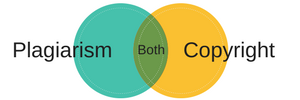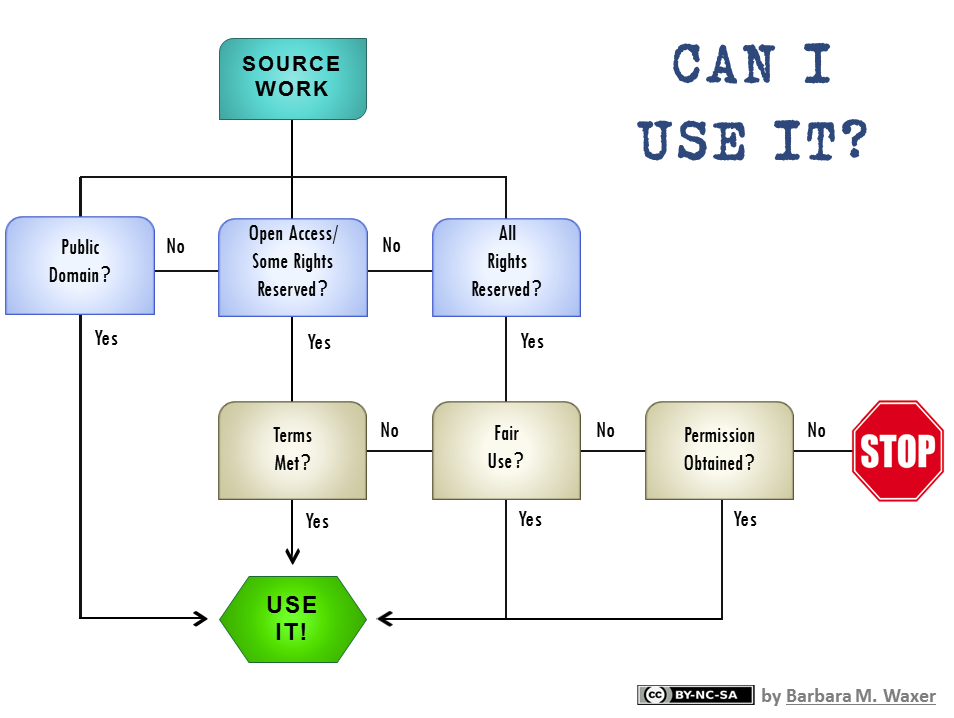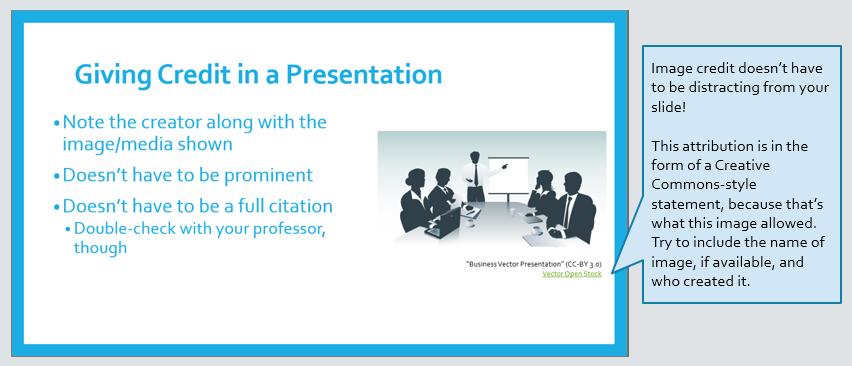Behind the Research
What is plagiarism?
Presenting someone else's ideas as your own and/or not giving credit to sources that you use in any project is considered plagiarism. Not only is plagiarism dishonest, it violates college policy.
What is common knowledge?
The only information you do not have to document is common knowledge or information most anyone with a common culture would know. We know that George Washington was the first president of the United States or that Hawaii is the fiftieth state. You do not have to find a source for that type of information. What about common sayings such as “haste makes waste?” It is not plagiarism if you do not find the source for such phrases. However, if you can find the origin of the saying, in this case, from Benjamin Franklin’s Poor Richard’s Almanac, your paper will benefit from enhanced credibility.
How do I cite the materials I used?
There are several different ways to cite the materials you use in your projects. Make sure your teacher tells you what style to follow for your bibliography. Usually you will need to cite internally (inside the content of your project) and in a bibliography at the end of your project. Think of your bibliography as credits at the end of the film. Everyone who was involved in making the project possible deserves credit.
How can I learn to use the citation style my professor requires?
There are many resources that can help you. There are citation help guides for quick reference or entire books that will explain citation styles. You can borrow them from the library or buy them at the bookstore. Ask your professor or librarian for assistance.
When do I cite in the text of my paper?
Internal citations in the paper itself are necessary after a direct quote, which should always be in quotation marks, or after an idea has been paraphrased. These citations usually appear at the end of a sentence or paragraph.
What do I include in my bibliography or works cited page?
All copyrighted items used to create your paper or project must be in your bibliography. For example, you would cite books, newspaper articles, Internet pages, images, and multimedia information you included in your project.
Will anyone really know if I do not cite sources used?
Professors will often be able to tell if your writing or presentation is an original creation or from someone else. They also will want to make sure that the initial creator of the works used is being given proper credit. This practice is ethical and legal. If you didn't give credit properly, your integrity and class grade would likely suffer. Stealing words and ideas is considered theft.
Bibliography
“Academic Integrity & Plagiarism.” 18 Aug. 2009. Texas A&M University Libraries. 17 Sept. 2009.
http://library.tamu.edu/help/help-yourself/using-materials-services/online-tutorials/academic-integrity/index.html
Additional Resources
Avoiding Plagiarism guide from Purdue University Online Writing Lab (OWL)
You Quote It, You Note It!
- an interactive plagiarism prevention tutorial
from Vaughn Memorial Library @ Acadia University in Nova Scotia
View the LSCS guide to Academic Integrity and Student Success that briefly explains student responsibilities when creating coursework.
Anti-Plagiarism Basics
Citation Styles and Formatting
Paraphrasing and Summarizing Another Author’s Ideas
Citation Creation
Works Cited
Axelrod, Rise B., and Charles R. Cooper. The Concise St. Martin’s Guide to Writing. 7th ed., Bedford/St. Martin’s, 2015.
Harris, Jennifer. “FAQ: What Citation Style Should I Use?” Shapiro Library, Southern New Hampshire U, 25 Aug. 2017, libanswers.snhu.edu/faq/69000.
Kirszner, Laurie G., and Stephen R. Mandell. The Holt Handbook, 6th ed., Thomson/Heinle, 2002.
MLA Handbook for Writers of Research Papers. 7th ed., Modern Language Association of America, 2009.
“Summary and Paraphrase.” Anoka-Ramsey Community College, webs.anokaramsey.edu/stankey/Writing/MLA_SPQ/SummPara.htm.
Turnitin Instructor User Manual. Turnitin, turnitin.com/static/resources/documentation/turnitin/training/Instructor_Originality_Report_Chapter_2.pdf.
“Why Are There Different Citation Styles?” Yale Center for Teaching and Learning, ctl.yale.edu/writing/using-sources/why-are-there-different-citation-styles.
What is copyright?
It is a form of protection provided by the laws of the United States to the authors of “original works of authorship,” including literary, dramatic, musical, artistic, and certain other intellectual works (Copyright Basics1). Copyright is automatically applied when the work is created and “fixed in a copy” in some format (e.g. paper, film, audio, etc.), even if it does not mention or list the © symbol or the word “copyright” (Copyright Basics 5). Title 17 of the United States Code encompasses copyright law.
Note that plagiarism is a separate issue from copyright infringement. It is possible to plagiarize a source without infringing on copyright, and vice versa. For example, if a student copies and submits a chapter of Jane Austen’s Pride & Prejudice (a public domain work) for an assignment, they have plagiarized but not broken copyright law. On the other hand, if that student uploaded the 2005 film adaptation to YouTube, noting that the movie belongs to Working Title Films and StudioCanal, the writers, the producers, and so on, they have not plagiarized the movie (they gave credit to the creators) but they have infringed the copyright (by duplicating and distributing an unauthorized copy of the work).




